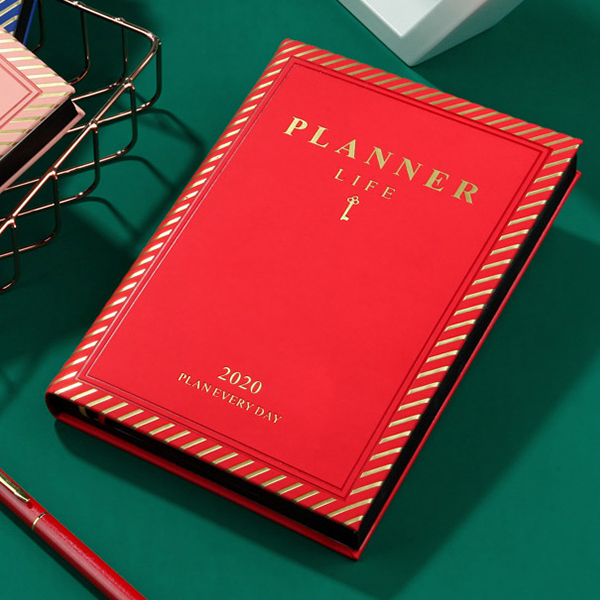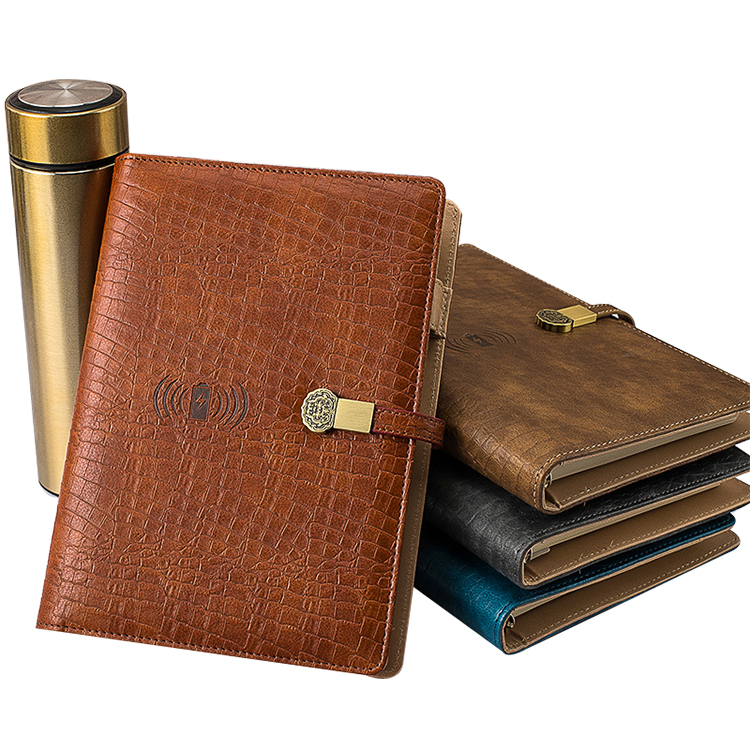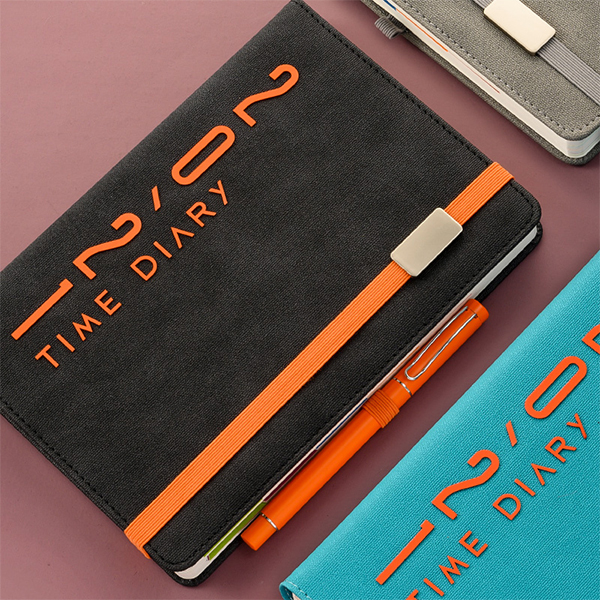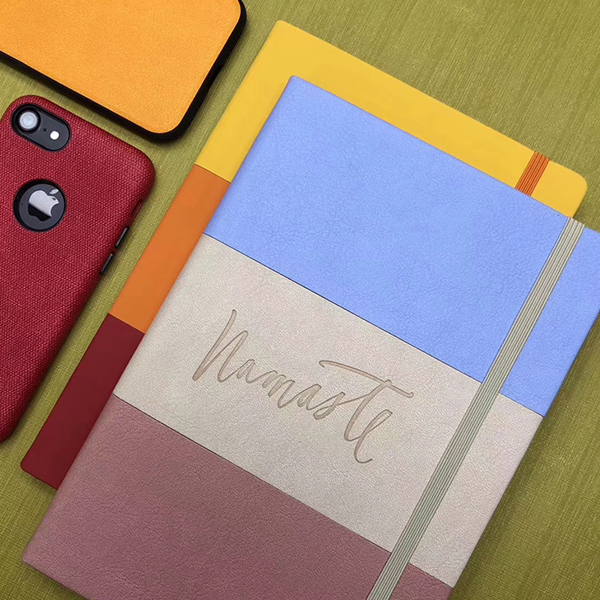
Custom Your Own Cover and Inner Pages Design Colouring Book Printing Service
Creating your own custom cover and inner pages design for a colouring book can be an exciting and fulfilling project, whether you're an artist, a publisher, or someone looking to make a unique gift. Here's a step-by-step guide on how to go about it, along with key considerations for printing services:
1. Concept and Theme
- Determine the Theme: Decide on the theme of your colouring book. It could be anything from animals, landscapes, abstract patterns, motivational quotes, or even a story-based narrative.
- Target Audience: Identify who your target audience is. Are you creating the book for children, adults, or both? This will influence the complexity and style of your designs.
2. Design Preparation
- Software: Use graphic design software like Adobe Illustrator or Photoshop to create your designs. Ensure all artwork is in vector format for scalability without losing quality.
- Resolution: For print, ensure your designs are at least 300 DPI (dots per inch) for crisp images.
- Page Layout: Plan the layout of each page, considering white space for a calming effect and enough detail to engage the user.
3. Cover Design
- Eye-Catching: The cover should attract attention. Consider using bold colors, intriguing illustrations, and a clear title that reflects the book's theme.
- Back Cover and Spine: Don't forget to design the back cover with a brief description, author/artist information, and ISBN if applicable. The spine width will depend on the total page count.
4. Printing Considerations
- Printing Service: Research and choose a reputable printing service that specializes in colouring books. Look for one that offers customization options, high-quality paper stocks, and binding choices.
- Paper Quality: Opt for paper that can handle various mediums without bleeding through. Popular choices include thick, acid-free paper or special colouring book paper.
- Binding: Choose a binding method that suits your needs. Perfect binding is common for colouring books, but saddle-stitching might be suitable for smaller books.
- Proofing: Request a digital or physical proof before committing to a full print run to ensure colours, layout, and quality meet your expectations.
5. Order and Distribution
- Print Run: Decide on the quantity based on your budget and expected sales/distribution. Some printers offer lower per-unit costs for larger orders.
- Distribution: Plan how you'll distribute your books. You might sell them online via platforms like Amazon, your own website, or local bookstores.
6. Marketing
- Promotion: Utilize social media, art communities, and relevant blogs to promote your book. Consider offering sneak peeks or hosting a giveaway to generate buzz.
Remember, creating a custom colouring book is a creative process that involves both artistic vision and practical considerations. Taking the time to plan and execute each step carefully will result in a professional and engaging final product.
We warmly welcome your inquiry and long term cooperate!
welcome you to be our distributor in your local market






